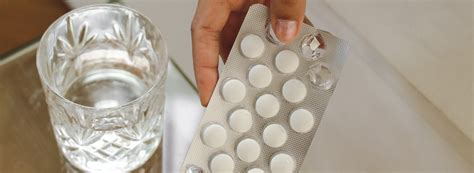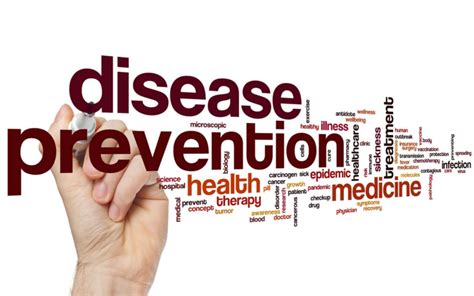Intro
Learn proper blister care for feet, including prevention, treatment, and healing methods to soothe foot blisters, toe blisters, and heel blisters with expert tips on foot care and wound management.
Blisters on the feet can be a frustrating and painful issue for anyone, especially for individuals who engage in regular physical activity or wear shoes that don't fit properly. These fluid-filled bubbles can appear on the skin as a result of friction, pressure, or burns, and if not treated correctly, can lead to further complications such as infection or scarring. Proper blister care is essential to promote healing, prevent infection, and reduce the risk of future blisters. In this article, we will delve into the world of blister care, exploring the causes, symptoms, treatment options, and prevention strategies to keep your feet healthy and blister-free.
The importance of proper blister care cannot be overstated. When left untreated or poorly managed, blisters can become infected, leading to redness, swelling, and increased pain. In severe cases, infections can spread to other parts of the body, causing more serious health issues. Furthermore, blisters can also affect an individual's mobility and overall quality of life, making everyday activities such as walking or running uncomfortable and challenging. By understanding the causes of blisters and implementing effective treatment and prevention strategies, individuals can reduce the risk of developing blisters and promote healthy, happy feet.
Blisters can occur on any part of the foot, but are most commonly found on the toes, heels, and soles. They can be caused by a variety of factors, including ill-fitting shoes, excessive walking or running, and poor foot hygiene. Other factors such as skin conditions, allergies, and certain medical conditions can also contribute to the development of blisters. By identifying the underlying cause of a blister, individuals can take steps to prevent future occurrences and promote healing. Whether you're an athlete, outdoor enthusiast, or simply someone who wants to keep their feet healthy, understanding proper blister care is essential for maintaining optimal foot health.
Understanding Blisters

Causes of Blisters
The causes of blisters are varied and can include ill-fitting shoes, excessive walking or running, and poor foot hygiene. Other factors such as skin conditions, allergies, and certain medical conditions can also contribute to the development of blisters. Some common causes of blisters include: * Ill-fitting shoes: Shoes that are too tight or too loose can cause friction and pressure on the skin, leading to blisters. * Excessive walking or running: Engaging in regular physical activity can cause friction and pressure on the skin, leading to blisters. * Poor foot hygiene: Failing to wash and dry the feet properly can lead to the development of blisters. * Skin conditions: Certain skin conditions such as eczema or psoriasis can increase the risk of developing blisters. * Allergies: Allergies to certain materials or substances can cause blisters to form on the skin.Treatment Options

Home Remedies
There are also several home remedies that can be used to treat blisters, including: * Applying aloe vera gel to the affected area to reduce pain and inflammation * Soaking the affected foot in warm water to promote healing and reduce pain * Applying a tea bag to the affected area to reduce pain and inflammation * Using a blister shield or blister pad to protect the blister from further friction and pressure * Applying a topical cream or ointment to the affected area to promote healing and reduce painPrevention Strategies

Foot Hygiene
Practicing good foot hygiene is also essential for preventing blisters. This includes: * Washing the feet daily with soap and water * Drying the feet thoroughly, especially between the toes * Trimming toenails straight across to avoid ingrown toenails * Avoiding sharing shoes or socks with others to reduce the risk of infection * Using an antifungal powder or spray to keep the feet dry and coolComplications

Seeking Medical Attention
In some cases, medical attention may be necessary to treat a blister. This includes: * If the blister is large or painful * If the blister is infected or shows signs of infection such as redness, swelling, or increased pain * If the blister is not healing or is getting worse * If you have a weakened immune system or are taking medications that suppress the immune system * If you have a history of poor circulation or diabetes, which can increase the risk of complicationsConclusion and Next Steps

What are the most common causes of blisters on the feet?
+The most common causes of blisters on the feet include ill-fitting shoes, excessive walking or running, and poor foot hygiene. Other factors such as skin conditions, allergies, and certain medical conditions can also contribute to the development of blisters.
How can I prevent blisters from occurring on my feet?
+Preventing blisters is often easier than treating them. Some common prevention strategies include wearing properly fitting shoes, wearing socks made from breathable materials, applying a moisturizer to the feet, avoiding excessive walking or running, and practicing good foot hygiene.
What are the complications of untreated or poorly managed blisters?
+If left untreated or poorly managed, blisters can lead to further complications such as infection or scarring. Infection can cause redness, swelling, and increased pain, while scarring can be permanent. In severe cases, infections can spread to other parts of the body, causing more serious health issues.
